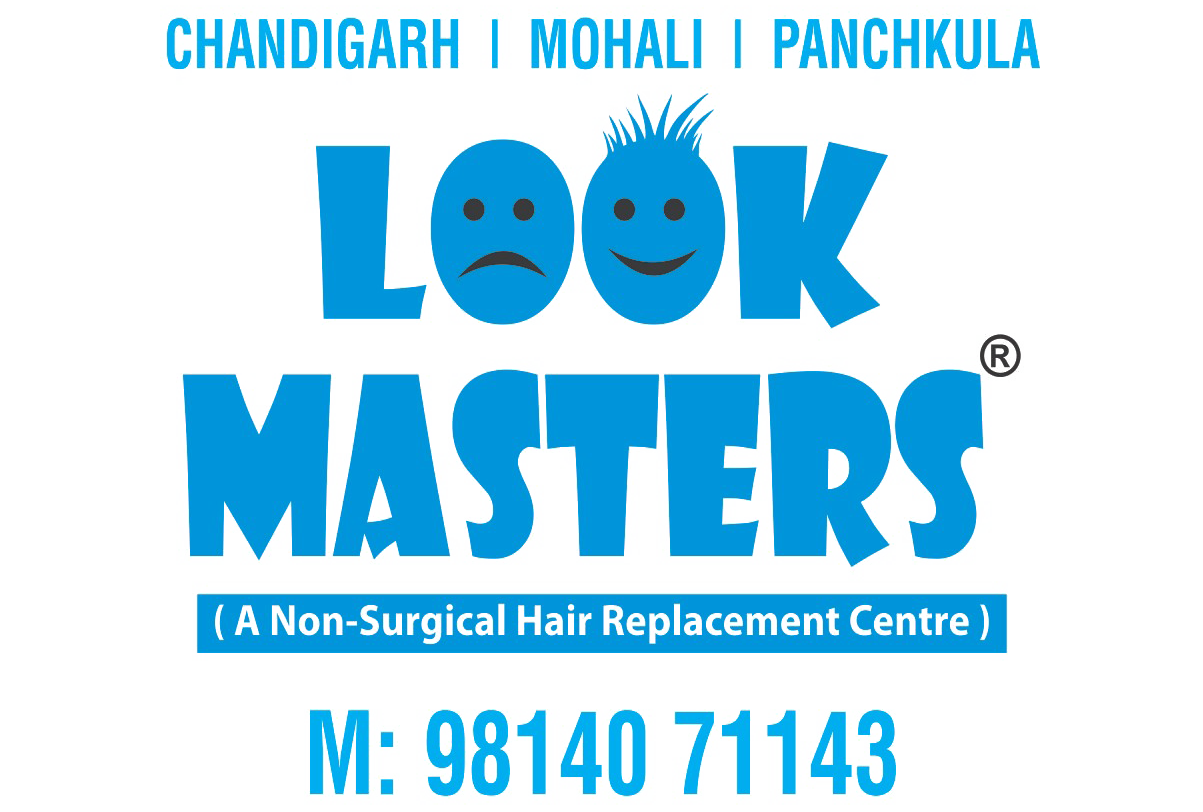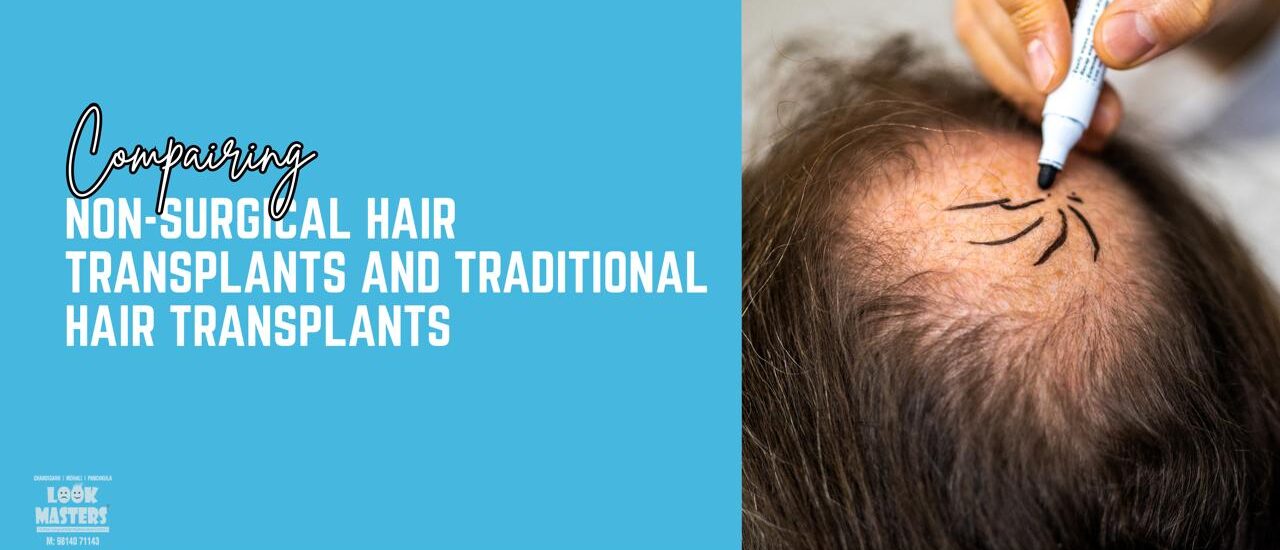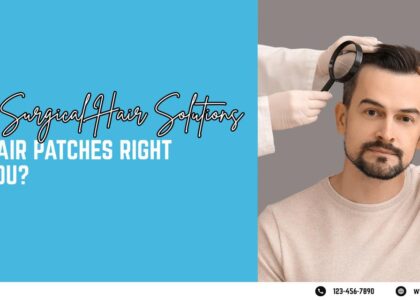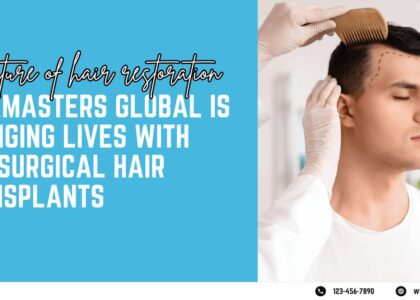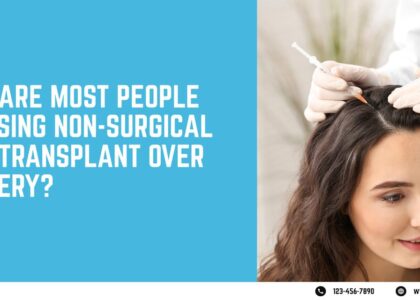Hair loss is a condition that most individuals experience, and it can impact self-esteem and confidence. Technology and medical science have, over time, provided individuals with ways to combat hair loss. Two of the most sought-after methods include non-surgical hair restoration and conventional hair transplants. Though both restore hair, they do it in different ways. It is by understanding the differences that anyone is in the best position to make the correct decision.
What Is a Traditional Hair Transplant?
Conventional hair transplants are surgical. In plain words, physicians transfer hair from one area of the head, typically from the back or sides, and transplant it to the areas of thinning or lost hair. The two most prevalent methods are FUT (Follicular Unit Transplantation) and FUE (Follicular Unit Extraction).
- FUT: A section of healthy hair-bearing scalp is excised and then cut into small grafts. These are inserted where thinning occurs.
- FUE: Single hair follicles are directly removed from the donor site and inserted into the thinning areas.
The primary objective is to permanently restore hair. As this is surgery, it tends to involve anaesthesia, a clinic visit, and a few weeks of recuperation.
What Is Non-Surgical Hair Restoration?
Non-surgical hair restoration does not include cutting or relocating hair. Rather, it employs treatments that trigger hair growth. A few of the common ones are:
- Low-Level Laser Therapy (LLLT): Special light is applied to the scalp to enhance circulation and prompt hair follicles to produce hair.
- Topical Treatments: Products such as minoxidil are applied to the scalp to increase hair growth.
Non-surgical treatments concentrate on making the hair stronger, preventing hair loss, and, at times, stimulating new hair growth. There is no cutting, no recovery time that is extended, and most often, individuals can go back to their routine immediately.
Pain, Recovery, and Downtime
One of the most significant differences between the two methods is that they feel different and the recovery time varies.
With conventional hair transplants, surgery is necessary. This entails pain and discomfort during and after surgery. Physicians typically administer anaesthesia, so the surgery itself is not painful, but soreness afterwards is inevitable. Swelling, redness, and scabs may take anywhere from a week to or longer to disappear. Individuals are told to stay away from rigorous activities for at least a few days.
Maximum hair growth from a transplant may take 6 to 12 months to be noticeable.
Non-invasive treatments, however, cause little pain. PRP is administered with tiny needles, laser hair growth feels like a warm massage on the scalp, and topical applications are not painful. No downtime exists, so normal everyday life may proceed as it normally would. Results do take time, though, and several treatments might be required for noticeable changes to occur.
Effectiveness and Results
Effectiveness is yet another consideration. Classic hair transplants tend to produce permanent and visible results since actual hair follicles are transferred to the balding regions. They keep growing naturally once they establish themselves, and you needn’t fear them shedding like before.
Non-surgical treatments can be very effective, but they are often gradual and sometimes restrictive. They are most effective on individuals with early hair loss or thinning, not full bald areas. PRP or laser therapy may enhance hair density, thickness, and lustre, but they may not form entirely new hairs in locations where follicles have disappeared.
Cost Considerations
Cost is a realistic factor to bear in mind. Classical hair transplants are more costly initially as they are surgeries that need expert doctors, facilities, and post-operative treatment. The cost is different per clinic, method, and number of grafts, but it can be a costly affair.
Non-surgical approaches are typically less costly per visit, but sessions may be needed in quantity. Costs can accumulate over time if regular maintenance is required to maintain hair growth.
Safety and Risks
All surgical procedures have risks. Conventional hair transplants involve surgery-related risks, such as infection and scarring, and in some cases, unnatural-looking patterns of hair growth if improperly filled in. Selecting a qualified, experienced surgeon is important.
Non-surgical procedures are safer since there is no surgery. Side effects are generally minimal, like temporary redness, mild discomfort, or irritation of the scalp. But results are not assured, and some individuals do not react to specific treatments.
Convenience and Lifestyle
Lifestyle is involved in selecting a hair restoration procedure. Older-style transplants involve time off work, cautious treatment of the scalp as it heals, and waiting for long-term outcomes.
Non-surgical methods are generally convenient. Treatments can often be scheduled in short sessions, and daily life is barely interrupted. Maintenance is important, though, because stopping treatment can lead to hair loss continuing as before.
Making the Right Choice
The choice between non-surgical hair restoration and traditional hair transplants depends on individual needs, budget, and expectations.
- Select traditional hair transplant if: Hair loss is severe, you desire a permanent outcome, and you are willing to undergo a surgical procedure and healing time.
- Select non-surgical hair restoration if: Hair loss is mild, you prefer a non-invasive option, or you want to condition existing hair and stop further loss.
You can also mix and match methods. Some will begin with non-invasive techniques to build up hair and then undergo a transplant for more extreme results. Meeting with a trained hair restoration professional can create a tailored plan based on individual needs.
Choose Wisely
Hair loss can be stressful, but modern science provides options for everyone. Both non-surgical hair restoration and traditional hair transplants have their strengths. Understanding the differences, in terms of procedure, recovery, cost, effectiveness, and safety, is key to making an informed decision.
Ultimately, the best decision is one that aligns with your hair objectives, lifestyle, and personal comfort level. With a proper strategy, it is possible to regain confidence, regain natural hair, and feel confident again about your appearance.

